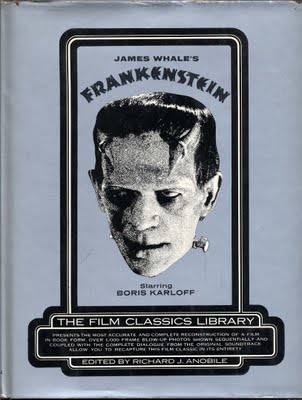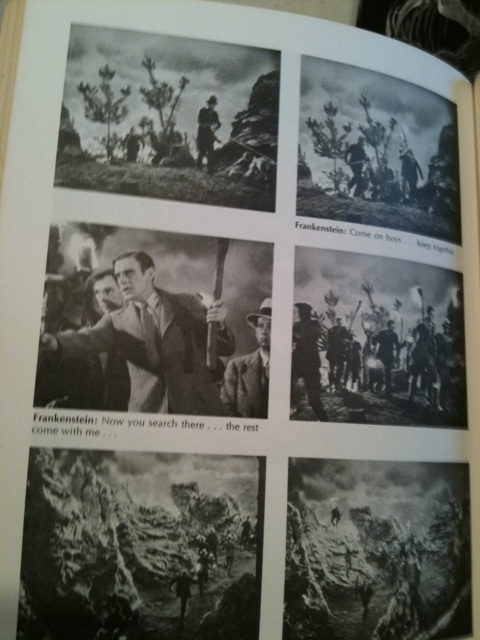Here’s another in my series of reviews of books that every geek needs to read. Check tags below for earlier entries.
And, as usual, these reviews are framed in the reality that most of them came out before the Internet, when fans bought books if they wanted to find out who played the second male lead behind Kevin McCarthy in the 1956 classic “Invasion of the Body Snatchers.” (It was King Donovan.)
Stephen King was my favorite writer when his non-fiction book “Danse Macabre” came out in 1981.
King classics like “The Stand,” “The Shining” and “Salem’s Lot” had helped King surpass even favorites like Ray Bradbury and Robert Heinlein in my estimation. So I was so ready for what King thought about horror and science fiction in books, movies and TV.
And I was not disappointed.
“Danse Macabre” mixed a little bit of autobiography and a whole lot of intelligent, thoughtful criticism between its covers. In densely-packed chapters, King skipped from a TV favorite like “Thriller” to a memorable short story with a few stops in between, but it all made sense.
“Danse Macabre” is like sitting down over a few beers with the most clever and amiable geek you could imagine and letting him entertain you with his opinions.
Like any book, “Danse Macabre” is a moment in time, a slice of history. It’s strange, after all these years, to read King talking seriously about now-nearly-forgotten horror flicks like “The Prophecy.” It shows that the genre wasn’t all made up of the milestones like “Bride of Frankenstein” that have withstood the test of time.
The Internets tell me that the book was reprinted in 2010 with an addendum. I haven’t read it, but it’s not surprising that more than 30 years later – via occasional columns in Entertainment Weekly and his Twitter account – King is still sharing his insight and love of the horror genre with us.






